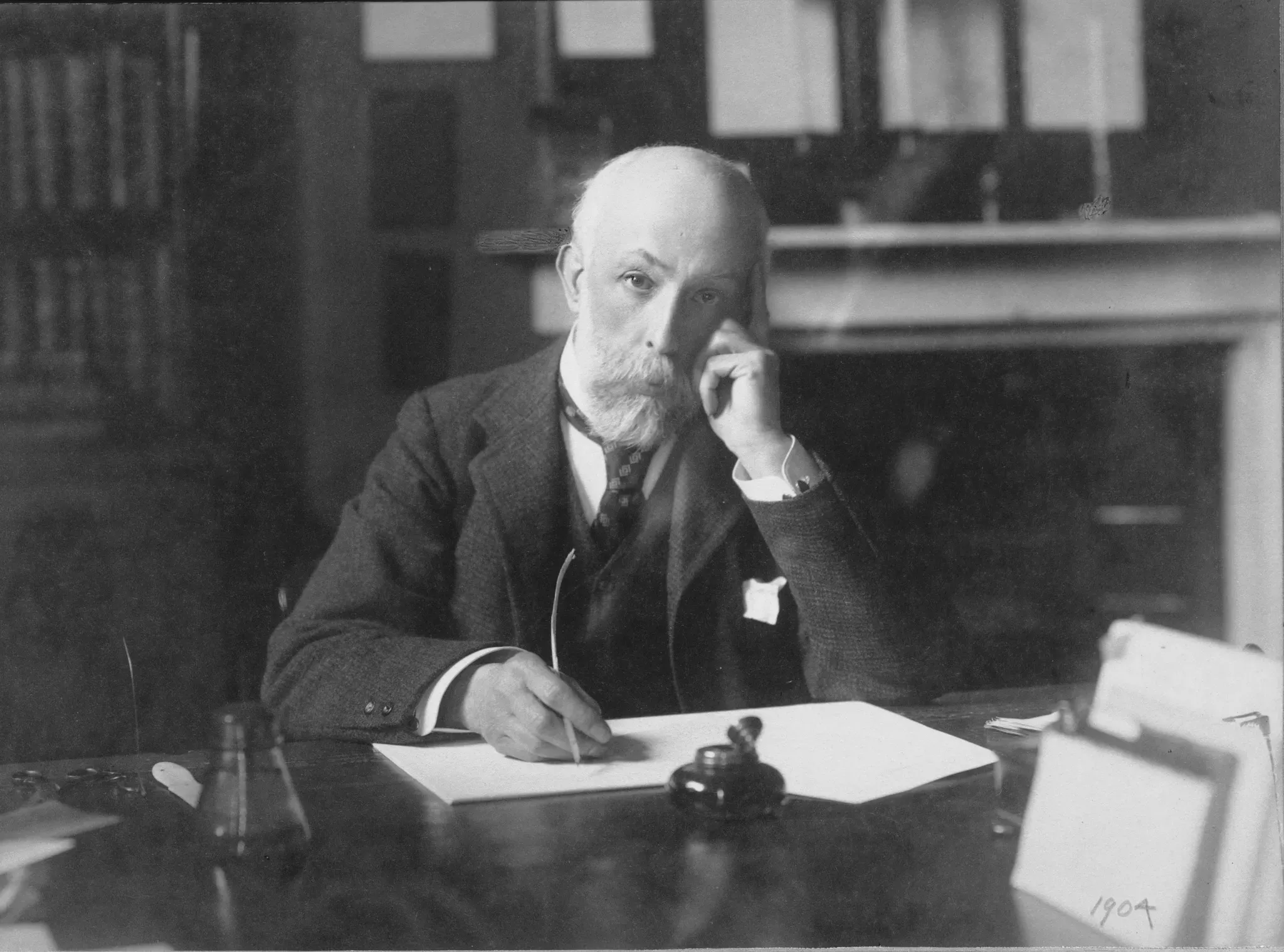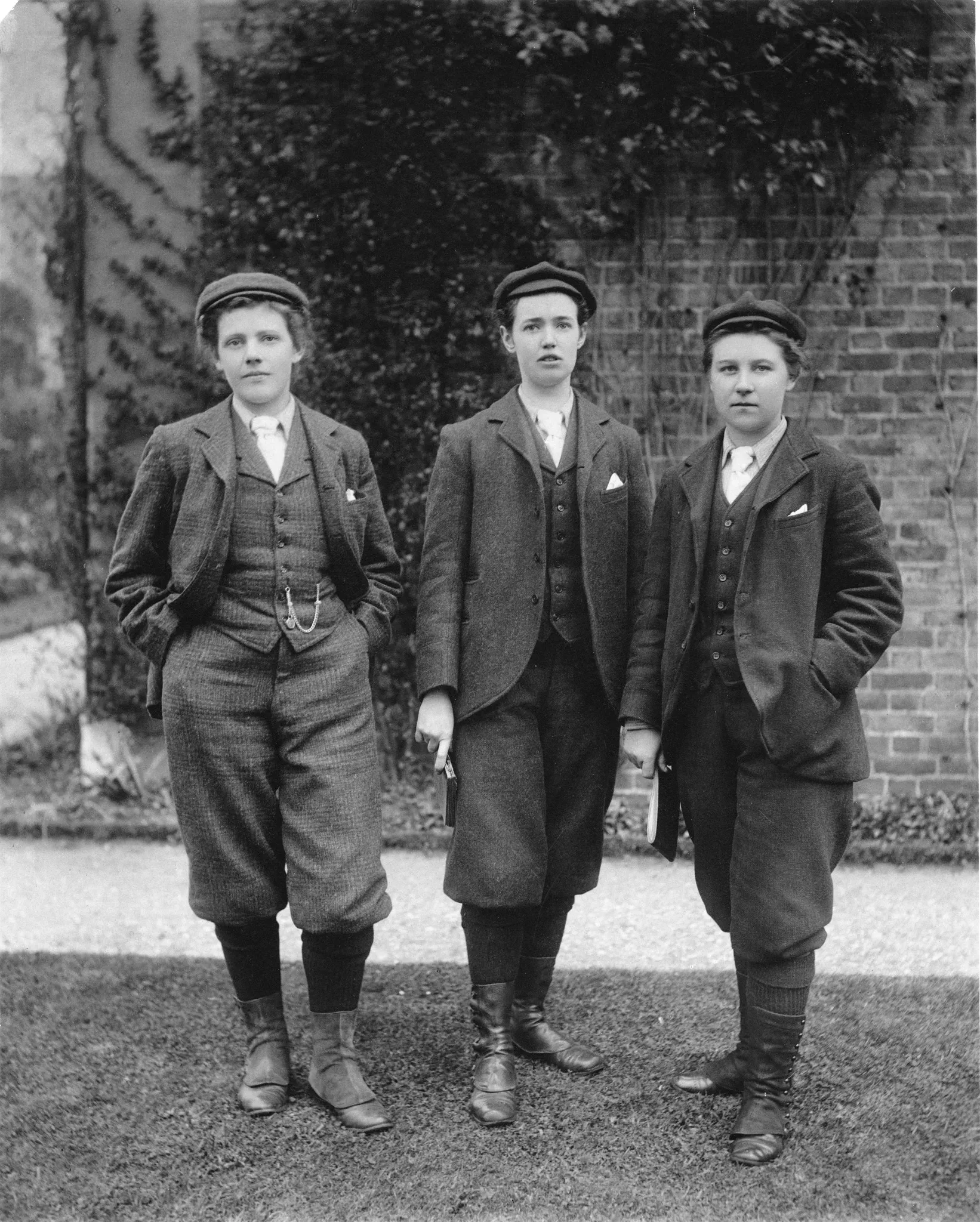29 March 2018
Beatrix Potter: tales from the Archives
Archivist Kiri Ross-Jones explores items in the Archives collection relating to Peter Rabbit’s creator - the author, illustrator and mycologist, Beatrix Potter.

Beatrix Potter - mycologist
Before she began work on her well known series of books, Beatrix Potter developed a fascination with fungi and was a frequent visitor to the Herbarium here at Kew in the 1890s. Already having a strong interest in the natural world around her and being a keen artist, Potter was inspired to study and draw fungi by a family friend, Charles McIntosh, with whom she became acquainted on family holidays in Scotland. Using microscopes, she drew beautiful, accurate illustrations of fungi and started to conduct experiments on their germination. Realising that she wanted to learn more about the plants she was studying, Potter was determined to discuss her observations with a specialist and study them further.
Through her uncle, the renowned chemist Sir Henry Roscoe, she gained an introduction to Kew’s Director, William Thiselton-Dyer, and other senior botanists at Kew on 19 May 1896, with the aim of gaining permission to study in the Herbarium. She was so keen, that the very next day, 20 May, we can see in our Herbarium Visitors’ Book that she came to the Herbarium.
In her journal, Potter makes some amusing and wry comments on the senior staff at Kew, reflecting her trademark observation skills and humour. The Keeper of the Herbarium, J.G. Baker, is described as looking as though he had 'been dried in blotting paper under a press', and she writes of Thiselton-Dyer that he was a 'thin, elderly gentleman in summery attire, with a dry, cynical manner, puffing a cigarette [no other staff were allowed to smoke in the Gardens!], but wide awake and boastful’.

Kew’s lady gardeners
On her visit to Thiselton-Dyer, Potter also remarks in her journal on the female gardeners in 'knickerbockers tying up flowers' – these were Kew’s first female gardeners, dressed in such a way on the Directors’ orders, so as to discourage 'sweet-hearting' amongst the staff!

From mycologist to author
Over the next year, we can see from our Herbarium Visitors’ Books that Potter was a regular visitor to the Herbarium and in her journal, she writes about her interactions with the Herbarium’s Principal Assistant, George Massee.
We hold just one letter in the Archives from Potter to Thiselton-Dyer, which is dated 3 December 1896. She requested that he might look at her drawings and paper on fungi, although it 'contradicts Mr Massee', who, she wrote, 'took objection to my slides'. However, it was Massee who submitted Potter’s paper 'On the germination of the spores of Angaricineae' to the Linnean Society in 1897, so presumably he was broadly supportive of her work, despite lack of support from Thiselton-Dyer himself. At this point, women were not allowed to present papers or even be members of the Linnean Society. The Society has since published a posthumous apology to Beatrix for the sexism she encountered with regards to her research. The paper was lost and never published, so we do not know what her conclusions were.
Potter produced hundreds of drawings of fungi, spores and mosses, all beautifully and accurately depicted. Sadly we do not hold any of these drawings at Kew - they are now held at the Armitt Museum & Gallery - but recently we were lucky to be able to acquire some examples of her artwork, illustrations of Tamus communis and Daphne laureola.
Having encountered little support from the scientific establishment, Beatrix Potter moved onto creating her tales of Peter Rabbit, containing her delightful depictions of the natural world.



